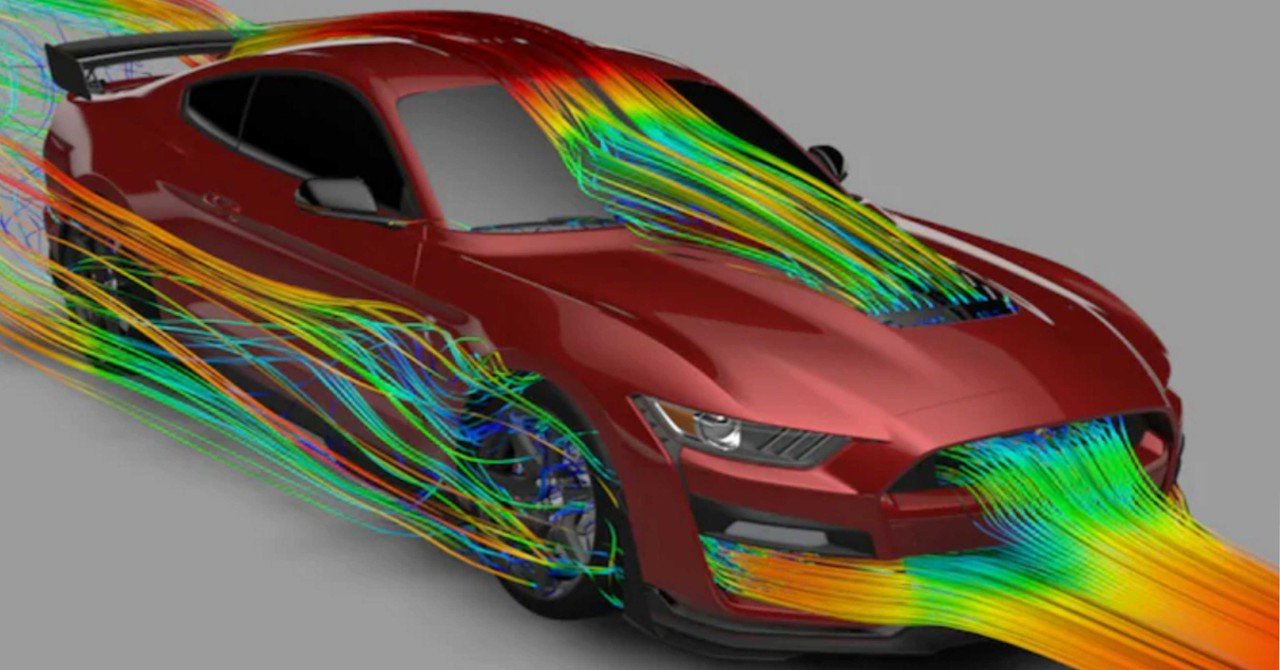Active Aerodynamics: The Future of Automotive Technology
Active aerodynamics is a technology that allows cars to adjust the shape of their bodies in order to improve performance and efficiency by adjusting the components such as active spoilers, air dams, active grille shutters, and cooling systems.
Automotive technology has come a long way in recent years, and one of the most exciting new developments is the use of active aerodynamics in cars. Active aerodynamics is a technology that allows cars to adjust the shape of their bodies in order to improve performance and efficiency.
One of the most common ways that active aerodynamics is used in cars is through the use of active spoilers and air dams. These components can be adjusted to either increase or decrease the amount of air resistance that the car experiences. This can improve performance by increasing downforce or efficiency by reducing drag.
Another way that active aerodynamics is used in cars is through the use of active grille shutters. These shutters can be adjusted to either open or close, depending on the needs of the car. When closed, they help to reduce the amount of air that enters the engine compartment, which can improve efficiency. When open, they allow more air to enter the engine compartment, which can help to improve performance.
Active aerodynamics is also used in cars to improve the performance of cooling systems. For example, some cars use active aerodynamics to direct air to the radiators and brakes, which can help to keep these components cool and improve performance.
Active aerodynamics is an exciting technology that is becoming increasingly popular in the automotive industry. It offers many benefits including, improved performance, efficiency and safety. With the development of new materials and technologies, active aerodynamics will become an important part of how cars are designed and built in the future. Overall, active aerodynamics is a technology that has the potential to revolutionize the automotive industry, and it's something to keep an eye on as it develops in the future.
Image Credits:






